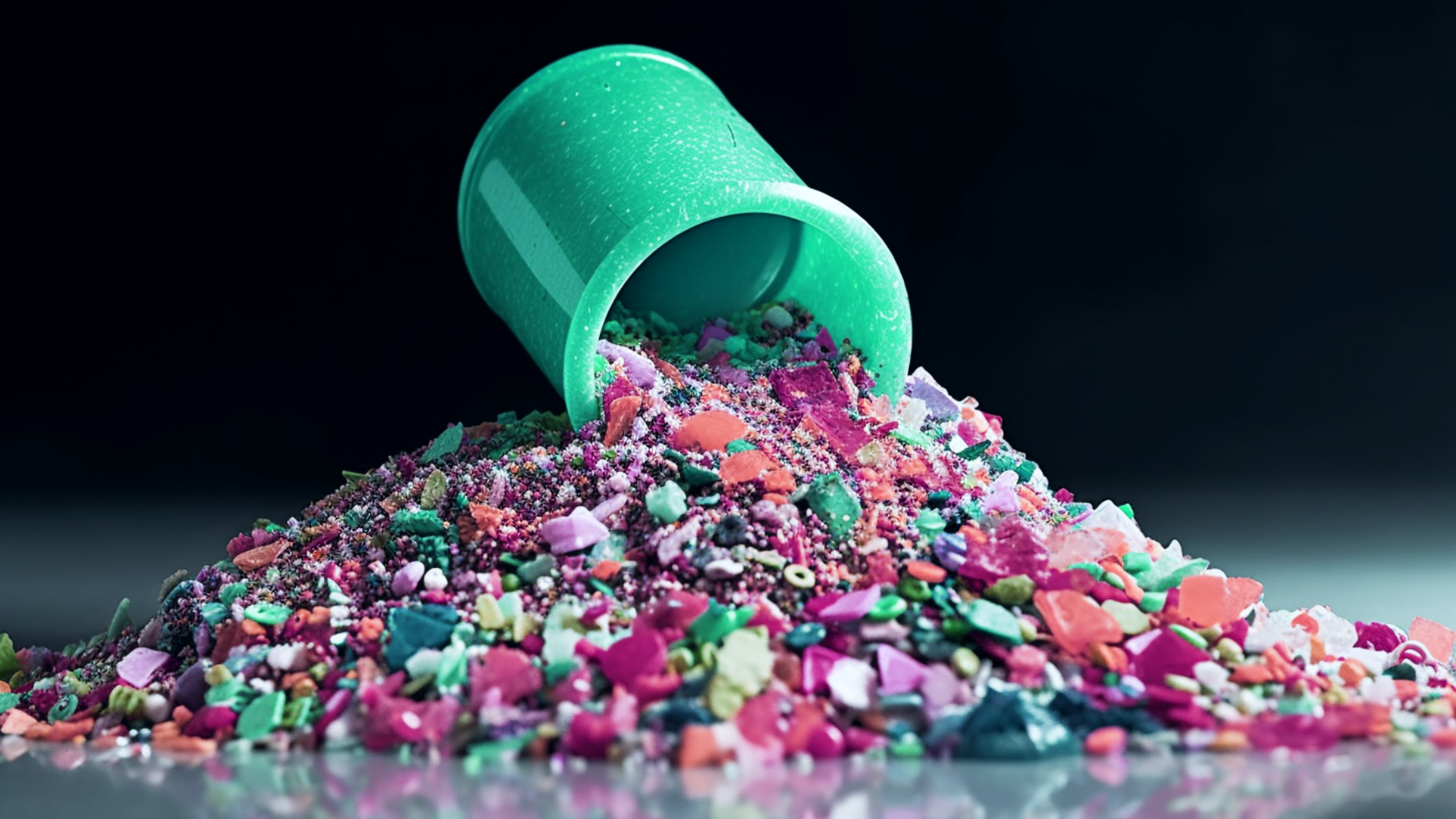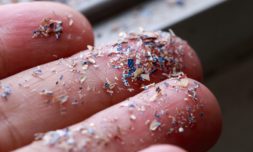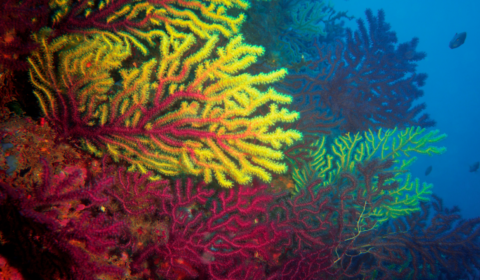Billed as a key solution to the climate crisis, recycling could be releasing huge quantities of microplastics itself, according to a new study.
The vast majority of our plastic waste winds up in landfill, bonfires, and in our natural environment, but how efficiently is the 9% that is recycled dealt with?
A new study conducted by an international team of scientists claims that recycling plants inadvertently create staggering amounts of microplastic, bringing our current means of disposal management into disrepute.
The researchers sampled wastewater from a state-of-the-art recycling plant in an undisclosed location within the UK. They made the alarming discovery that microplastic content released in the water amounted to 13% of all plastic processed. That represents straight up failure.
Despite being fitted with the most contemporary systems, this particular facility could reportedly be releasing up to 75bn plastic particles per cubic meter of wastewater. It begs the question: just how bad might our oversight be globally?
‘I was incredibly shocked,’ said Erina Brown, lead researcher of the study conducted at the University of Strathclyde, Glasgow. ‘It’s scary because recycling has been designed in order to reduce the problem and to protect the environment. This is a huge problem we’re creating’.
What makes these findings even more sobering is that the 75bn estimate applies to recycling plants with filters installed, many of which don’t. It also doesn’t take into account the high levels of microplastics found in the air around the facility, with 61% of the trace under 10 microns – a size scientifically linked with human illness.




















